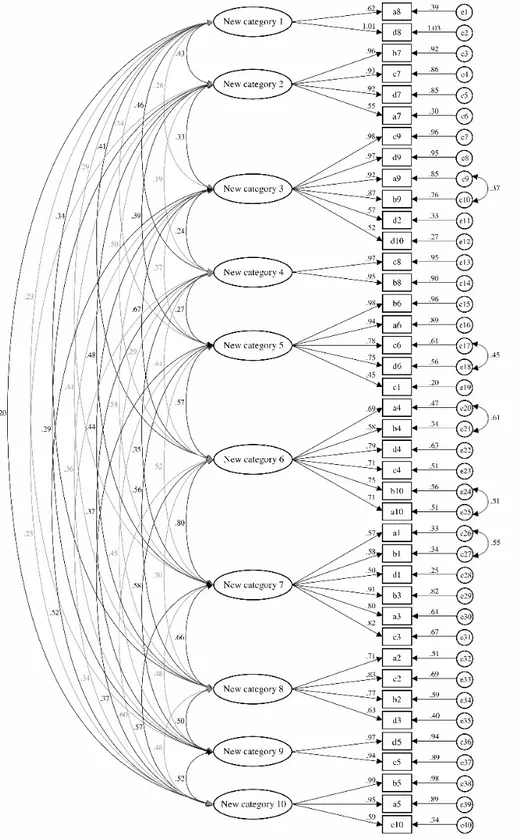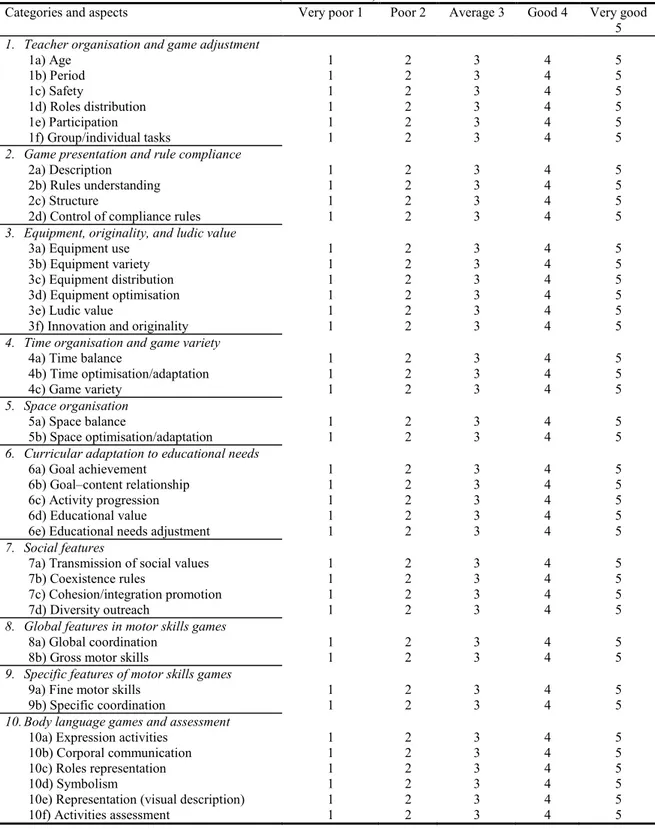A rubric to assess the teaching competency using motor skills and body language games: initial development and validation
Texto completo
Figure
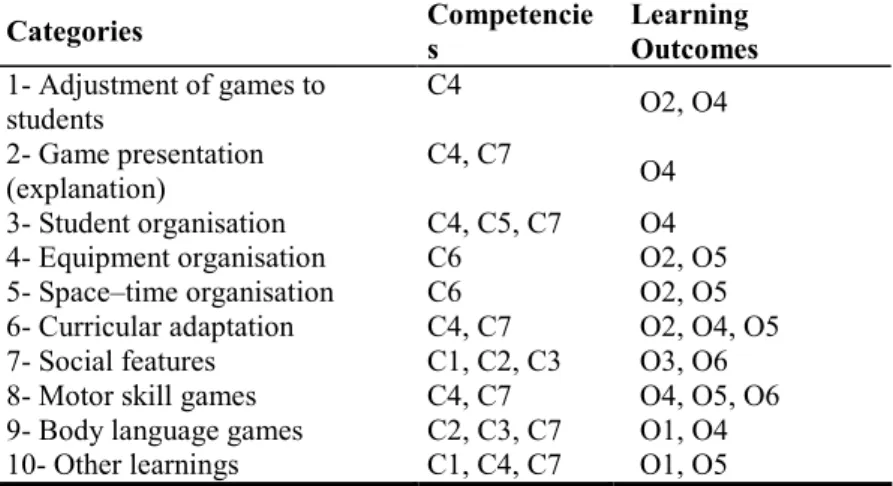
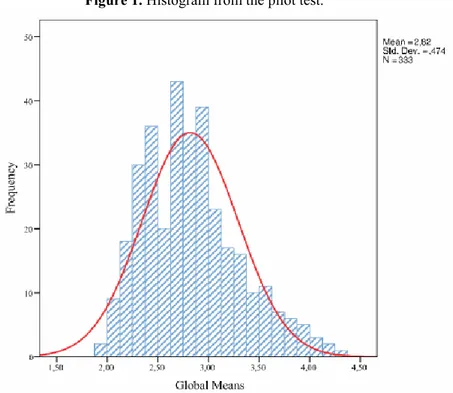
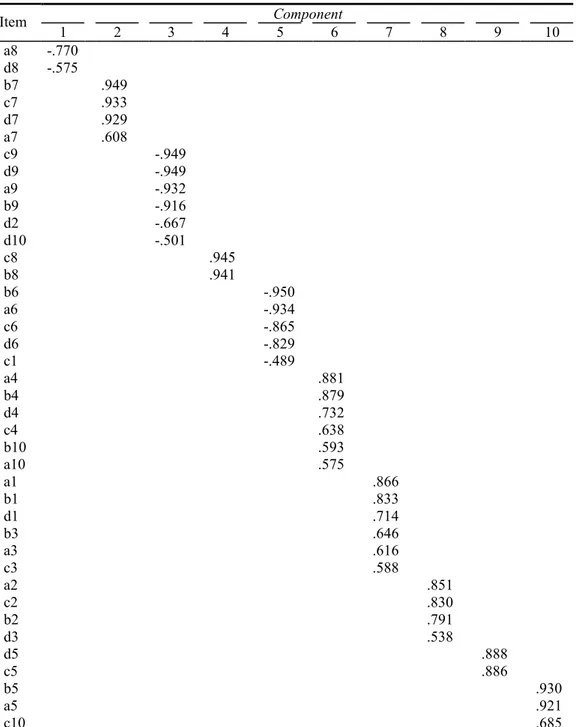
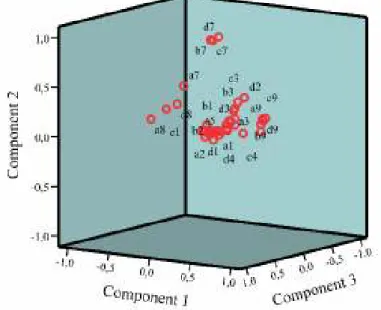
Documento similar
The data reveal (a) that literature on frameworks highlight case studies and teaching and learning strategies to develop 21st century skills; (b) the skills and knowledge
Caeyenberghs, Tsoupas, Wilson and Smits-Engelsman (2009) found that motor imagery development is linked to the development of motor skills in children. This is because motor
The adaptation and validation of the instruments used to assess both the three essential characteristics of self-determination (SDI:SR) and the opportunities provided by
El cuestionario presentado en este trabajo (Anexo) es una herramienta valiosa para conocer la perspectiva de los estudiantes respecto de las oportunidades para aproximarse a
The four established EO groups of concepts focus on the physical properties of optical and microwave remote sensing (WG4), remote sensing sensors and platforms, as well as
Participants‘ Belief Description Stage) addresses the results related to the second objective of the study, which have to do with the description of the beliefs
As a response to this situation and to facilitate the informed adjustment of Spanish AESD by ed- ucation managers, teachers, policy-makers, and professional associations, the
The Adherence to Pyramid questionnaire (AP-Q) that we propose combines open and open-ended questions, Likert scales, and frequency queries, to estimate the usual intake of all
